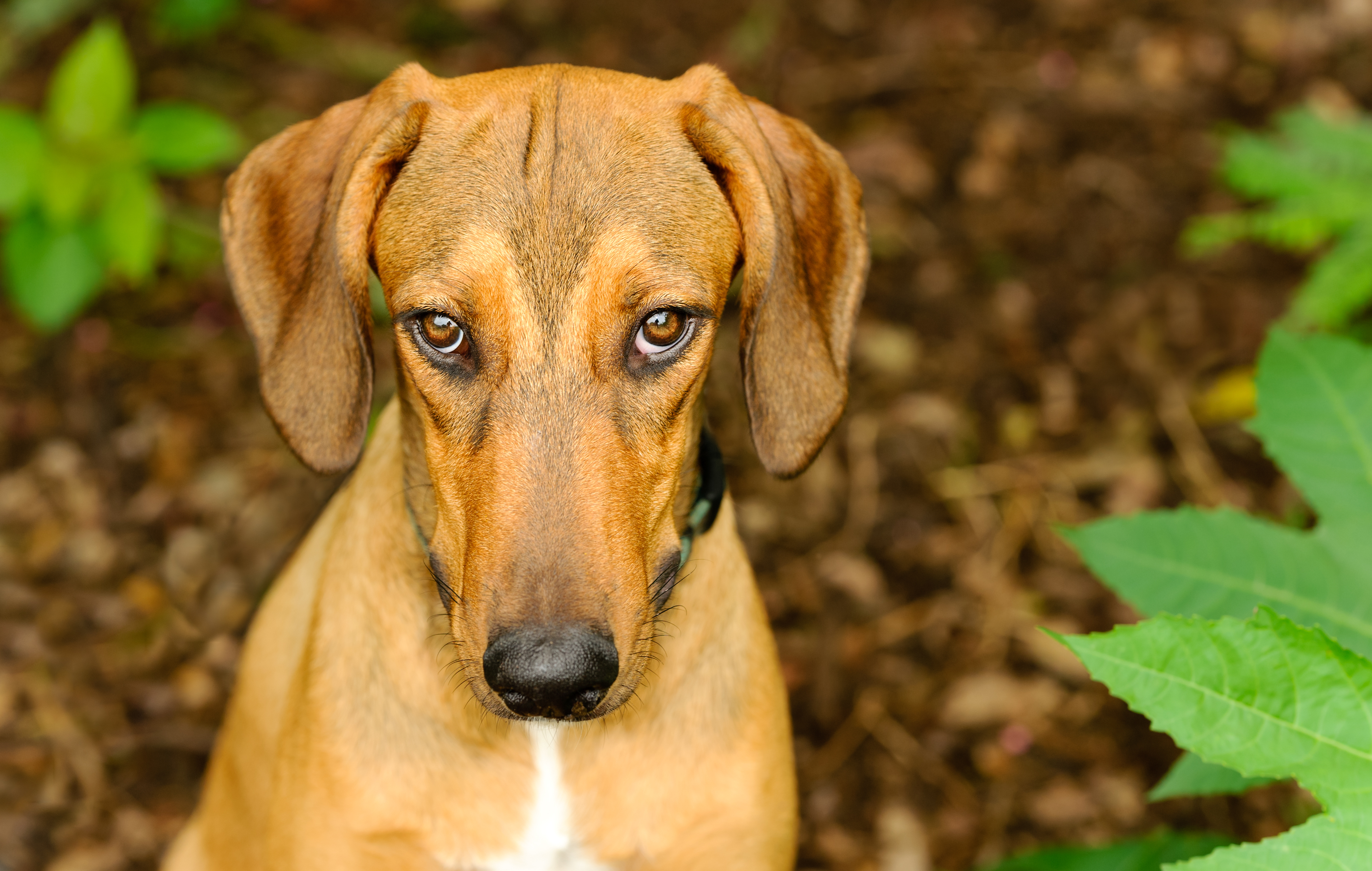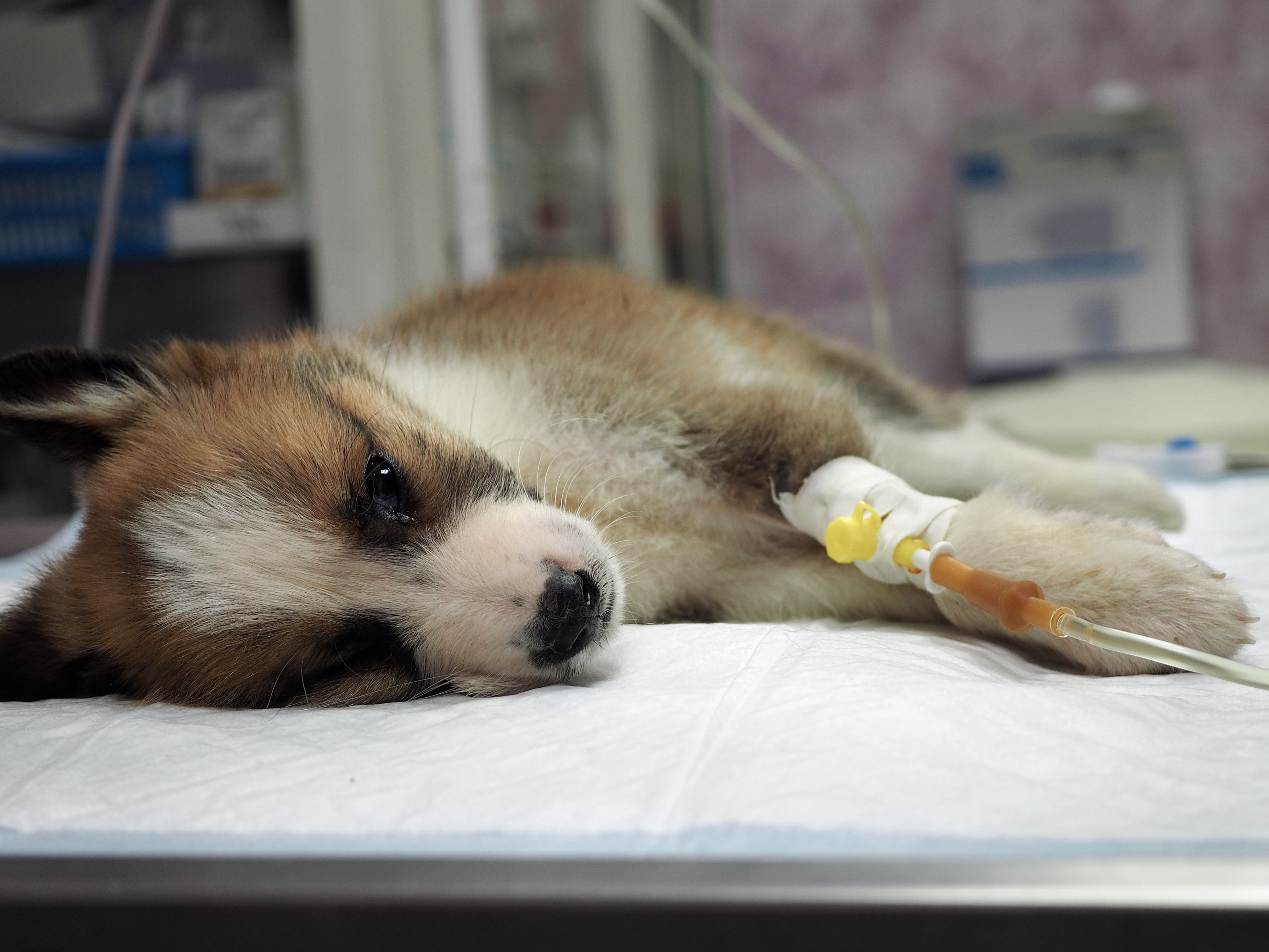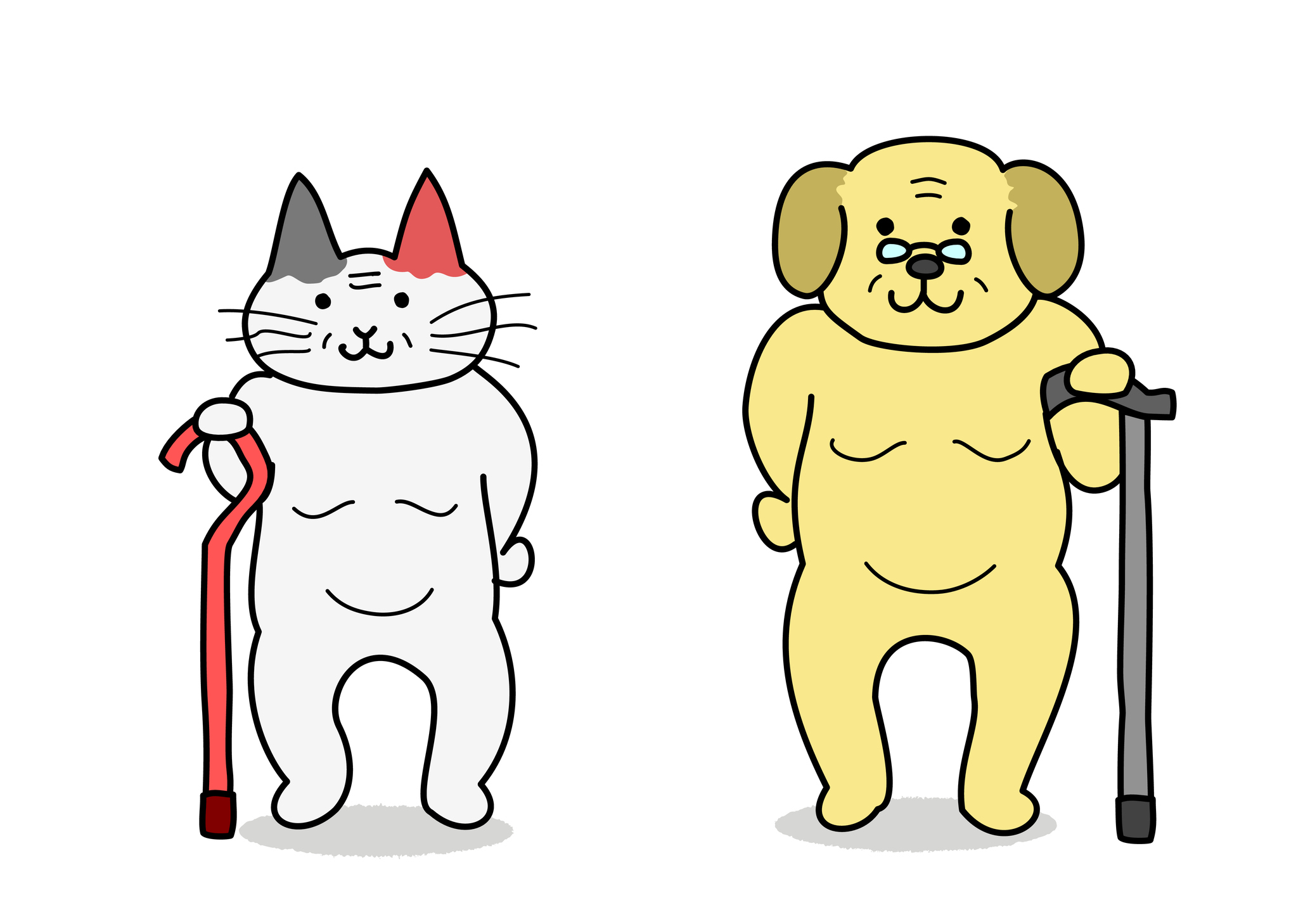
Why Does My Pet Scoot?
Author – Dr Rowena Buxton, Vet24.
Why does my pet scoot?
[su_highlight background=”#24fcd0″]’The in-laws are over for a Sunday roast, everyone is enjoying the afternoon. Then Max appears, scooting, bottom pressed against the carpet. As thin grey skid marks evidence his progress across the room others notice, and fall silent. You find yourself thinking, “Why?”.’ [/su_highlight]
Cats and dogs have glands on either side of their bottom. These troublesome glands are known as anal sacs. When your pet is scooting, it is because these glands have become infected or impacted, and are no longer emptying properly, resulting in itching, scooting, bad odour and sometimes pain. The glands may even abscess and rupture. These problems are common in small to medium dogs, overweight pets, and occasionally in larger dogs.
Cats most commonly suffer from impaction, which can abscess quickly.
Why now?
Normally a bowel movement is sufficient to express the sacs. However, if your pet is sick, with loose stool or diarrhoea, the sacs do not empty as they usually would. Dietary changes that cause loose stools can also be a cause. Pets that are overweight have less muscle tone and more fat tissue, both of which contribute to poor anal gland emptying. Skin infections may delay sac emptying as well.
Anything that causes a sore bottom can result in scooting: a tumour near the bottom (perianal tumour), skin irritation from diarrhoea, parasites, matted hair. Your scooting pet should be examined by your vet to rule determine the cause. Most likely, it is an inflammation, infection, or impaction of the anal sacs.
What are anal sacs, anyway?
Anal sacs collect the smelly, oily secretion of the glandular tissue that lines the sacs (also called Anal Glands). This oily secretion may be used for marking territory and communication between cats and dogs. The sacs are located between the external and internal muscular rings of the anus. These are the muscles that keep your pet toilet trained.
Viewed from behind, the sacs would sit at approximately the 8 o’clock and 4 o’clock positions, below the anus.
My animal is scooting — what should I do?
The first thing to do is to make an appointment with your vet, who can rule out other potential causes for scooting. If the anal sacs are left unemptied, a simple irritation can become very painful for your pet. If your pet is more discrete than Max, the first sign of those troublesome anal glands may be blood around your pet’s bottom.
How are anal sacs emptied?
Two methods are used to express the anal glands — external and internal anal sac expression.
By pressing gently upwards on the skin over the anal sacs it is sometimes possible to empty them externally toward the anus – have a tissue ready!
By gloving up (latex glove) and inserting an index finger just inside the anal sphincter, the sac can be emptied with a thumb pushing on the outside of the sac. The pet should be properly restrained to avoid injury to the pet and the person.
It is best to have your veterinarian to show you the proper technique for safe restraint and proper anal sac emptying.
How often do the sacs need to be emptied?
If your pet is like Max, then a little help is needed. While some pets seem to take care of themselves, scooting is a cry for help, from the deepest part of your pet’s soul. Your vet can often tell from the texture of the gland and the appearance of the material expressed what the future holds. Based on these findings, your vet will let you know how often your pet needs help. Over time the goal is to normalize the material in the gland, and increase the time between expressing the glands. As often as needed, as little as possible is the goal.
This is a recurring problem for my pet. I can’t afford to go to the vet every time.
Some pets, especially those that are overweight, suffering from poor stools or bad skin, do seem to have more problems. Managing your pet’s weight, diet and skin can all help. Some pets need a little more fiber, others medication for the skin. With training, it is possible for you to assist your pet in emptying anal glands at home. Just ask your vet to show you how. Most chemists sell latex gloves.
If, despite all help, those troublesome glands stay troublesome, then it becomes very important to rule out other causes, such as anal sac cancer, before considering surgery. When considering surgery, remember – the sacs are located between the external and internal muscular rings of the anus. These are the muscles that keep your pet toilet trained. It is worth doing everything you can before considering surgery.
Reference
Find Out Why Your Dog or Cat Might Be Scooting Across the Floor
Anal Sac Impactions, Infections and Abscesses in Dogs and Cats
By Janet Tobiassen Crosby, DVM
Updated 04/04/17
The Spruce



